One of the best things about exploring the great outdoors is all the beautiful things you get to experience. For many adventurers, capturing those moments is a critical part of the experience, so they want the right photography gear.
As a business, you not only want to carry the right camera equipment but also be knowledgeable about what adventurers are looking for in photography gear. We are here to help! Learn more about what outdoor photographers are looking for, as well as the essential camera gear and accessories you need to carry.
Table of Contents
Factors involved in purchasing decisions
Essential photography gear for camping and hiking
What about smartphones for outdoor photography?
Final thoughts
Factors involved in purchasing decisions
Campers and hikers have unique considerations when purchasing camera equipment for their adventures. Here are some key factors they typically take into account:
- Portability: Since campers and hikers need to carry all their gear on their backs, portability is paramount. They look for lightweight camera bodies, compact lenses, and collapsible tripods that won’t weigh them down or take up too much space.
- Durability: Outdoor environments can be harsh, with exposure to dust, moisture, and rough terrain. Campers and hikers prioritize camera gear that is rugged and weather-sealed to withstand the elements and continue functioning reliably in challenging conditions.
- Versatility: Outdoor enthusiasts often encounter a variety of landscapes and wildlife while camping and hiking. They seek camera equipment that can capture wide-angle landscapes, close-up details, and everything in between without needing multiple bulky lenses.
- Battery life: Extended periods spent off the grid mean limited access to power sources for recharging camera batteries. Campers and hikers look for cameras with a long battery life or the option to easily carry spare batteries to ensure they can capture all the breathtaking moments of their outdoor adventures.
- Image quality: Whether capturing sweeping vistas, intricate flora, or elusive wildlife, campers and hikers prioritize camera equipment that delivers high image quality. They seek cameras and lenses capable of producing sharp, detailed images with accurate colors and minimal distortion.
- Ease of use: When enjoying nature, campers and hikers prefer photography gear that is intuitive and easy to use. They look for cameras with user-friendly interfaces and ergonomic designs that allow for quick adjustments and seamless operation in the field.
Essential photography gear for camping and hiking
So, now that you know what consumers are looking for, here are the specifics of what you should carry to appeal to adventurers looking to take great photos.
Camera equipment
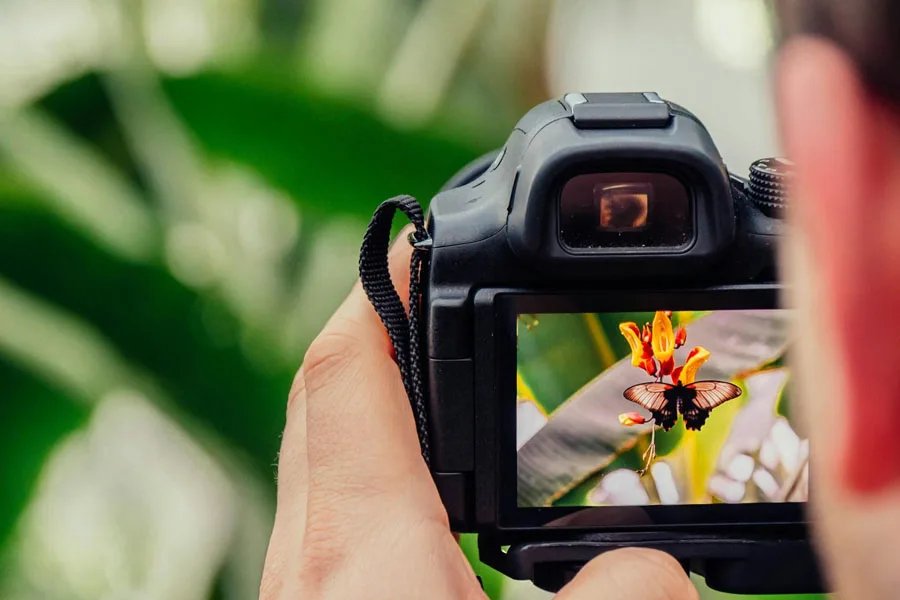
First, the camera equipment. The camera body is the foundation of a person’s photography equipment and sets the stage for capturing memorable moments in the great outdoors. Consumers prioritize portability, durability, and weather-sealing when selecting a camera body for camping and hiking.
Lightweight mirrorless or DSLR cameras that can withstand the rigors of outdoor use, such as the Sony Alpha series or the Canon EOS R line.
Next are lenses. Versatility is key when it comes to lenses for outdoor photography. These are typically the types of lenses consumers are looking for:
- A versatile zoom lens, such as a 24–70 mm or 18–200 mm, to capture a wide range of subjects, from expansive landscapes to distant wildlife.
- A wide-angle lens (e.g., 16–35 mm) for capturing sweeping vistas.
- A macro lens to explore the intricate details of flora and fauna up close.
Accessories
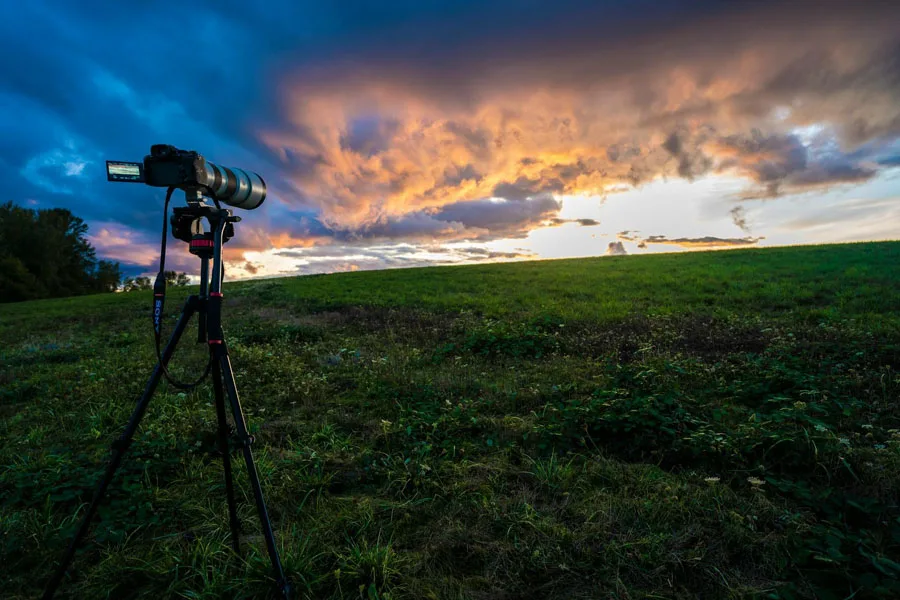
A sturdy yet lightweight tripod is indispensable for achieving sharp, blur-free images, especially in low- or long-exposure situations. A carbon fiber tripod with adjustable legs and a compact design is ideal, such as the Manfrotto Befree series or the Gitzo Traveler series, to ensure stability without adding unnecessary bulk to your backpack.
Tripods are a critical part of a camera set up for outdoor photography, but they aren’t the only accessories consumers look for when it comes to outdoor photography.
- Filters: A polarizing filter helps reduce glare and enhance colors, making it ideal for capturing vibrant landscapes and clear blue skies. A neutral density (ND) filter also allows photographers to achieve long-exposure effects, such as silky smooth waterfalls or streaking clouds, even in bright daylight.
- Lens cleaning kit: Consumers can keep lenses pristine and free of dust, dirt, and smudges with a comprehensive lens cleaning kit. A quality lens cleaning solution, microfiber cloths, and a blower brush ensure lenses remain in top condition, even in the harshest outdoor environments.
- Remote shutter release: Photographers can minimize camera shake and capture crisp, sharp images using a remote shutter release. Whether shooting long exposures of starry night skies or group selfies on a mountain summit, a wireless remote allows photographers to trigger the shutter without touching the camera, ensuring tack-sharp results every time.
Power and storage
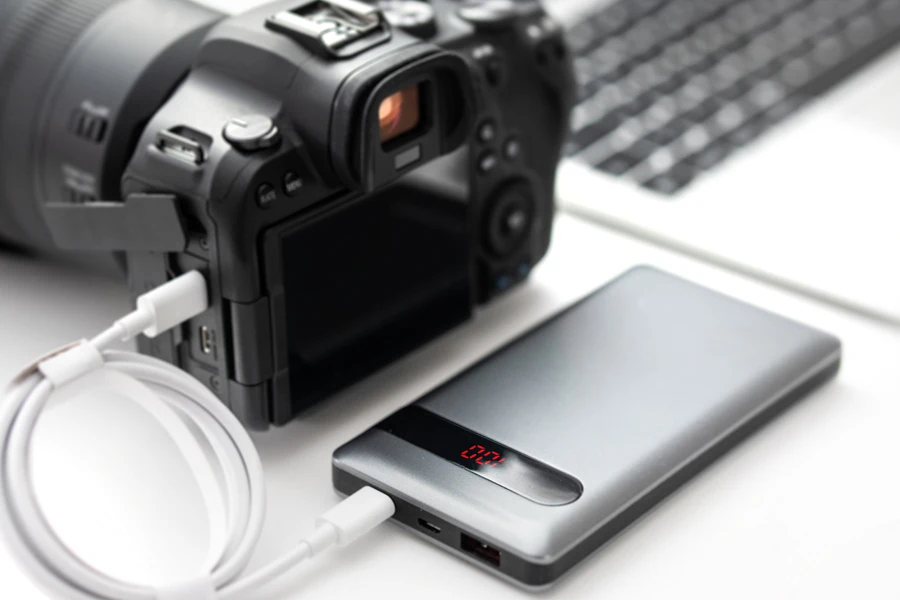
Power is critical for those taking their cameras on long adventures. So, your business must carry extra batteries and portable charging devices.
When it comes to portable chargers, consumers are looking for a rugged, weather-resistant power bank with multiple USB ports to charge not only their camera batteries but also their smartphone, GPS device, and other essential electronics while on the go.
Additionally, having extra memory cards is a great idea.
Protection
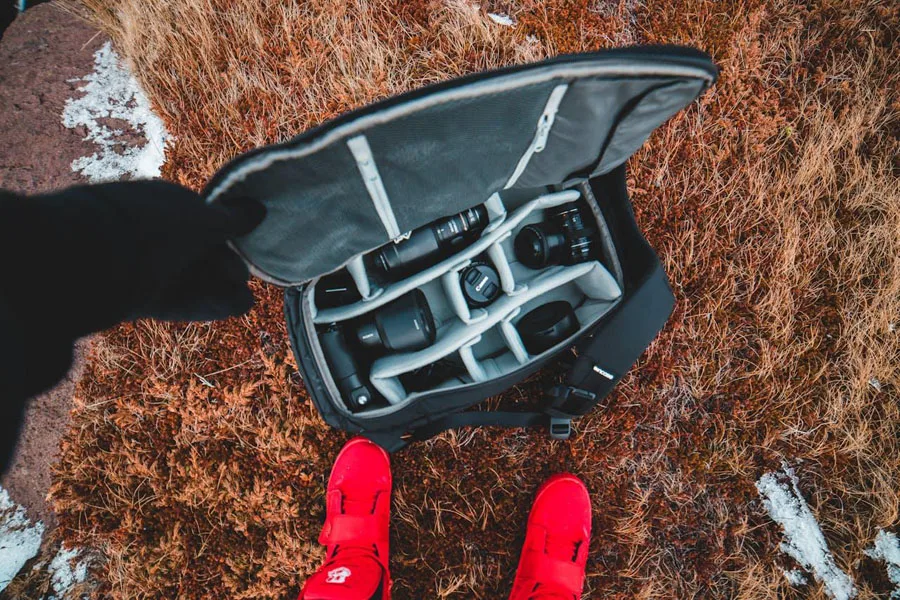
Protection from the elements is critical when it comes to outdoor photography. So, photographers should ensure to carry:
- Weather-resistant camera covers or rain sleeves
- Waterproof camera case or dry bag
What about smartphones for outdoor photography?
Some adventurers are not prepared to invest in a DSLR setup for their outdoor adventures and prefer to use their smartphones. That doesn’t mean they aren’t still seeking additional photography gear to get the best photos they can on their adventure.
Essential photography gear for smartphone photographers
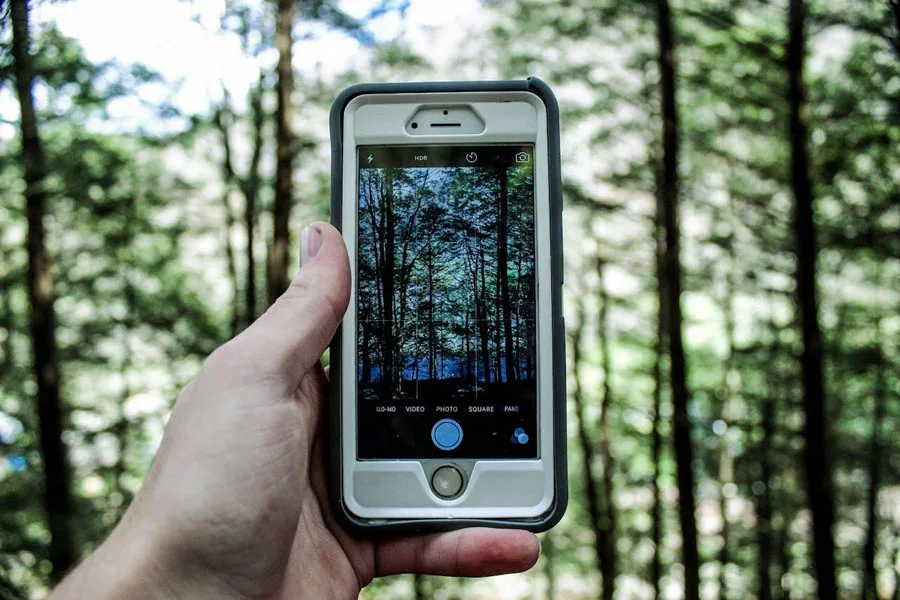
- Lens attachments: Expand the capabilities of a smartphone camera with lens attachments. Wide-angle lenses are perfect for capturing expansive landscapes, while macro lenses allow users to get up close and personal with tiny details like flowers and insects. Fish-eye lenses provide a unique perspective, making them ideal for creative and artistic shots.
- Tripods and mounts: Stabilizing the smartphone is critical for blur-free photos and steady video recordings. Look for lightweight, compact tripods that are easy to carry and adjustable to accommodate different shooting angles and heights. Some tripods even come with flexible legs that can be wrapped around tree branches or rocks for creative compositions.
- External storage: While smartphone storage is increasing, it may not be enough, especially when taking loads of pictures on an adventure. Choose a compact, lightweight external storage device that connects directly to your phone’s USB-C or Lightning port, allowing users to offload photos and videos to free up space for more memories without deleting precious moments.
- Weatherproof cases: Shield the smartphone from the elements with a weatherproof case. Look for a rugged, shockproof case that provides 360-degree protection against drops, bumps, dust, and water damage, ensuring the device remains safe and functional in challenging outdoor conditions.
- Hand straps and lanyards: Prevent accidental drops and ensure a secure grip with a hand strap or lanyard. Choose a comfortable, adjustable option that attaches securely to the device, allowing users to keep their phone close at hand while hiking or exploring without worrying about it slipping out of grasp.
Of course, power is also a consideration for smartphone users.
Final thoughts
Camera equipment isn’t just for those in the studio; don’t forget to ensure your product line appeals to a wide variety of photographers, including outdoor adventurers.
From lightweight cameras and versatile lenses to rugged accessories and portable lighting solutions, consumers want to invest in the right equipment to preserve their outdoor memories. Ensure you and your staff know what adventure seekers are looking for in terms of photography gear for camping and hiking, and have a wide selection of cameras and accessories to choose from.
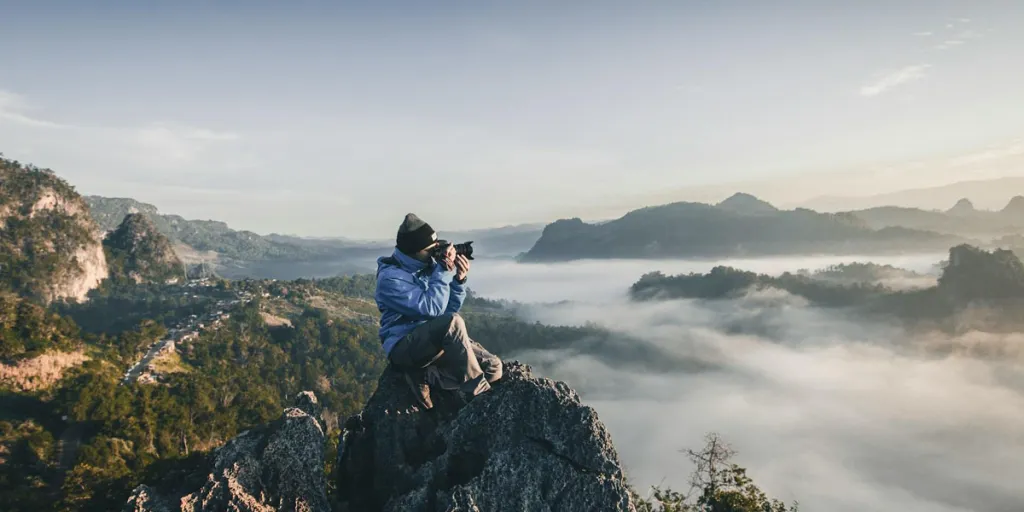




 বাংলা
বাংলা Nederlands
Nederlands English
English Français
Français Deutsch
Deutsch हिन्दी
हिन्दी Bahasa Indonesia
Bahasa Indonesia Italiano
Italiano 日本語
日本語 한국어
한국어 Bahasa Melayu
Bahasa Melayu മലയാളം
മലയാളം پښتو
پښتو فارسی
فارسی Polski
Polski Português
Português Русский
Русский Español
Español Kiswahili
Kiswahili ไทย
ไทย Türkçe
Türkçe اردو
اردو Tiếng Việt
Tiếng Việt isiXhosa
isiXhosa Zulu
Zulu